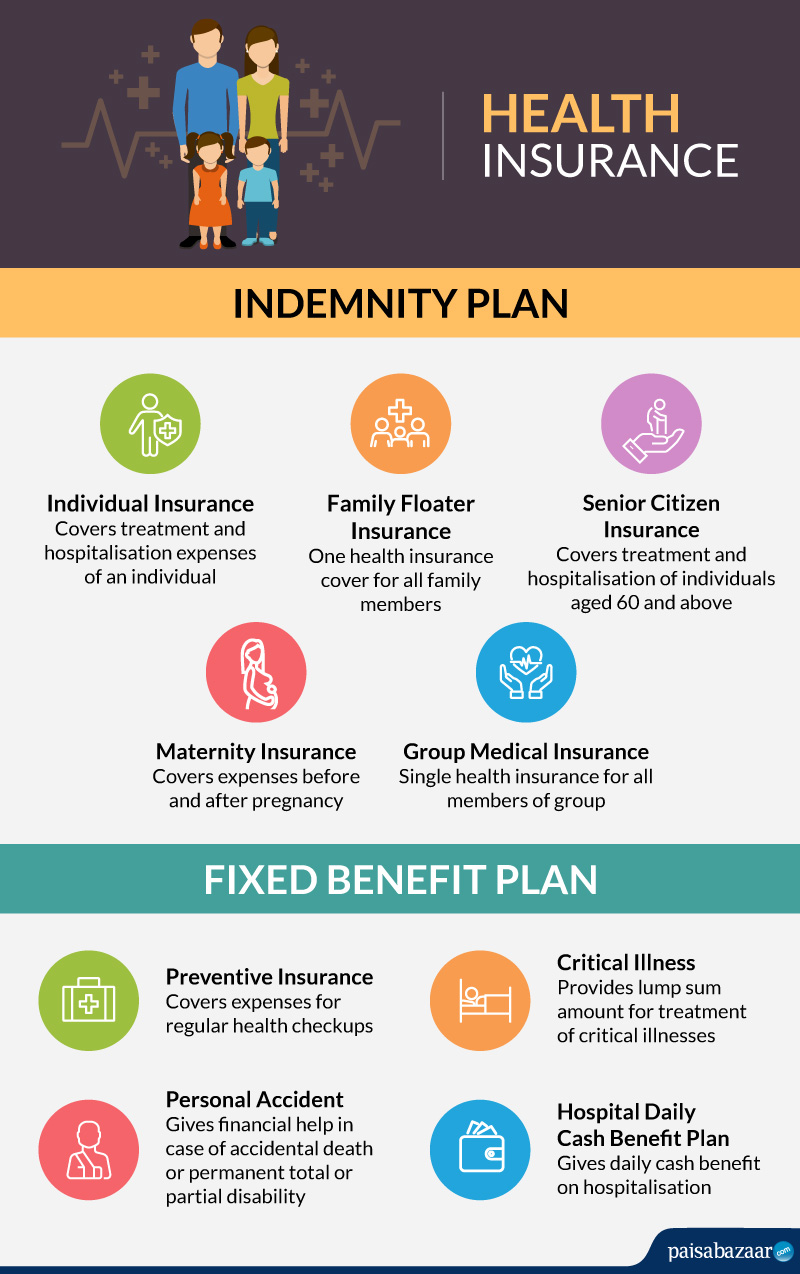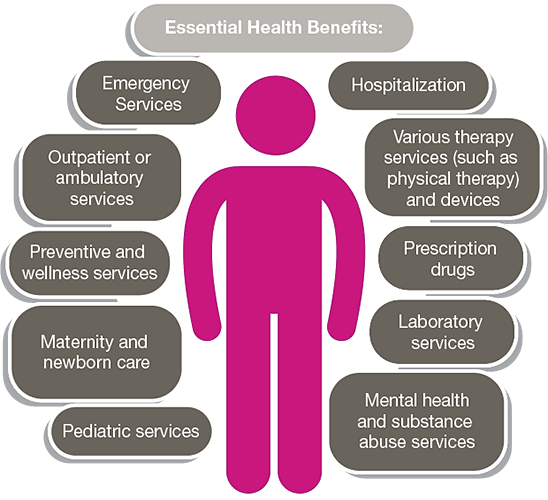Some Known Factual Statements About Medicare Advantage Agent
Some Known Factual Statements About Medicare Advantage Agent
Blog Article
The Ultimate Guide To Medicare Advantage Agent
Table of ContentsAll about Medicare Advantage AgentNot known Facts About Medicare Advantage AgentThe Definitive Guide to Medicare Advantage Agent

complies with from puzzling the fairly young age account of the without insurance with the much better wellness, usually, of younger persons. This covers the link between health status and medical insurance. For those without accessibility to work environment medical insurance, poor health and wellness is a prospective barrier to buying nongroup protection because such protection might be extremely valued, omit preexisting problems, or be simply inaccessible. The number of without insurance Americans is not particularly huge and has not altered in the last few years. Seven out of ten participants in a nationally depictive survey assumed that fewer Americans did not have health insurance than in fact do(Fronstin, 1998). Approximately fifty percent(47 percent )thought that the variety of individuals without medical insurance lowered or remained continuous over the latter fifty percent of the last years(Blendon et al., 1999). This decline of virtually 2 million in the number of individuals 'without insurance (a decrease
of about 4 percent)is definitely a favorable adjustment. With a softer economic climate in 2000 the most up to date reported gains in insurance policy coverage may not continue(Fronstin, 2001 ). The decrease in the variety of uninsured will certainly not continue if the economy stays sluggish and healthcare costs remain to exceed rising cost of living. This is since the data were gathered for a duration of strong financial performance. Of the estimated 42 million people who were without insurance, all but about 420,000(about 1 percent)were under 65 years old, the age at which most Americans become eligible for Medicare; 32 million were grownups between ages 18 and 65, around 19 percent of all grownups in this age team; and 10 million were kids under 18 years old, regarding 13.9 percent of all kids (Mills, 2000). These price quotes of the number of individuals without insurance are created from the yearly March Supplement to the Current Populace Study (CPS), performed by the Demographics Bureau. Unless or else noted, nationwide price quotes of people without medical insurance and percentages of the population with different sort of coverage are based on the CPS, the most commonly utilized source of quotes of insurance coverage and uninsurance rates. These surveys and the estimates they yield are explained briefly in Table B. 1 in Appendix B - Medicare Advantage Agent. These studies vary in dimension and tasting approaches, the inquiries that are inquired about insurance coverage
Not known Facts About Medicare Advantage Agent
protection, and the time duration over which insurance protection or uninsurance is measured(Lewis et al., 1998, Fronstin, 2000a ). Still, the CPS is specifically valuable due to the fact that it generates annual estimates relatively swiftly, reporting the previous year's insurance protection estimates each September, and because it is the basis for a constant set of price quotes for more than 20 years, enabling evaluation of patterns in coverage with time.

The smart Trick of Medicare Advantage Agent That Nobody is Discussing
Over a three-year period starting early in 1993, 72 million people, 29 percent of the U.S. populace, lacked coverage for a minimum of one month. Within a single year(1994), 53 million individuals experienced a minimum of a month without insurance coverage(Bennefield, 1998a). 6 out of every ten without insurance grownups are themselves utilized. Although working does boost the possibility that one and one's family participants will have insurance, it is not a guarantee. Even members of households with two full time breadwinner have nearly view it now a one-in-ten possibility of being without insurance (9.1 percent without insurance rate)(Hoffman and Pohl, 2000 ). The connection in between medical insurance and access to care is well developed, as recorded later in this chapter. Although the partnership in between health and wellness insurance policy and health outcomes is neither straight nor easy, a substantial clinical and health services research literature links medical insurance protection
to enhanced access to care, far better top quality, and enhanced personal and populace health condition. The 2nd report, on personal wellness end results for without insurance grownups, is stood for by the inner circle of the figure, while the 3rd record, on household health, incorporates the subjects of the 2nd record however stresses a different system of analysis, namely, the family. The 6th report in the collection will offer info concerning techniques and initiatives taken visit this page on locally, statewide, or country wide to resolve the absence of insurance and its adverse effects. Levels of analysis for taking a look at the impacts of uninsurance. This conversation of wellness insurance coverage concentrates mainly on the U.S. populace under age 65 due to the fact that basically all Americans 65 and older have Medicare or various other public coverage.
Furthermore, it concentrates specifically on those without any kind of medical insurance for any length of time. The troubles dealt with by the underinsured are in some areas similar to those faced by the uninsured, although they are normally less extreme. Uninsurance and underinsurance, nonetheless, include noticeably different plan problems, and the methods for addressing them might vary. Throughout this research and the five reports to comply with, the main focus is on individuals without medical insurance and therefore no support in paying for healthcare beyond what is available through charity and safety net organizations. Health and wellness insurance is an effective element affecting invoice of care due to the fact that both clients and doctors respond to the out-of-pocket price of solutions. Medical insurance, nonetheless, is neither needed neither adequate to acquire access to clinical solutions. The independent and straight result of health and wellness
insurance insurance policy protection access accessibility health wellness is well establishedDeveloped Others will get the wellness care they need also without wellness insurance coverage, by paying for it out of pocket or seeking it from companies that use treatment complimentary or at extremely subsidized prices. For still others, medical insurance alone does not make certain receipt of treatment as a result of various other nonfinancial obstacles, such as a lack of health care companies in their area, minimal access to transportation, illiteracy, or linguistic and social distinctions. Formal research concerning without insurance populations in the United States dates to the late 1920s and very early 1930s when the Board on the Expense of Medical Care generated a collection of reports concerning funding doctor workplace check outs and hospitalizations. This problem became prominent as the numbers of clinically indigent climbed up during the Great Clinical depression. Empirical researches continually sustain the link in between access to care and enhanced health and wellness results(Bindman et al., 1995; Starfield, 1995 ). Having a regular source of treatment can be thought about a forecaster of accessibility, as opposed to a direct action of it, when health results are themselves made use of as access signs. This extension of the notion of accessibility dimension was made by the IOM Committee on Monitoring Access to Personal Health And Wellness Care Provider(Millman, 1993, p. Whether moms and dads are guaranteed shows up to influence whether their kids obtain treatment as well as just how much careeven if the children themselves have coverage(Hanson, 1998). The wellness of parents can influence their capability to look after their kids and the degree of family stress and anxiety. Stressing regarding their youngsters's accessibility to care is click here to read itself a source of stress for moms and dads. 3 phases adhere to in this record. Chapter 2 offers a summary of exactly how employment-based medical insurance, public programs and private insurance policy plans operate and communicate to provide comprehensive however insufficient insurance coverage of the U.S. populace. This includes a testimonial of historic fads and public laws influencing both public and private insurance policy, a discussion of the communications amongst the various kinds of insurance, and an evaluation of why individuals move from one program to one more or finish up

Report this page